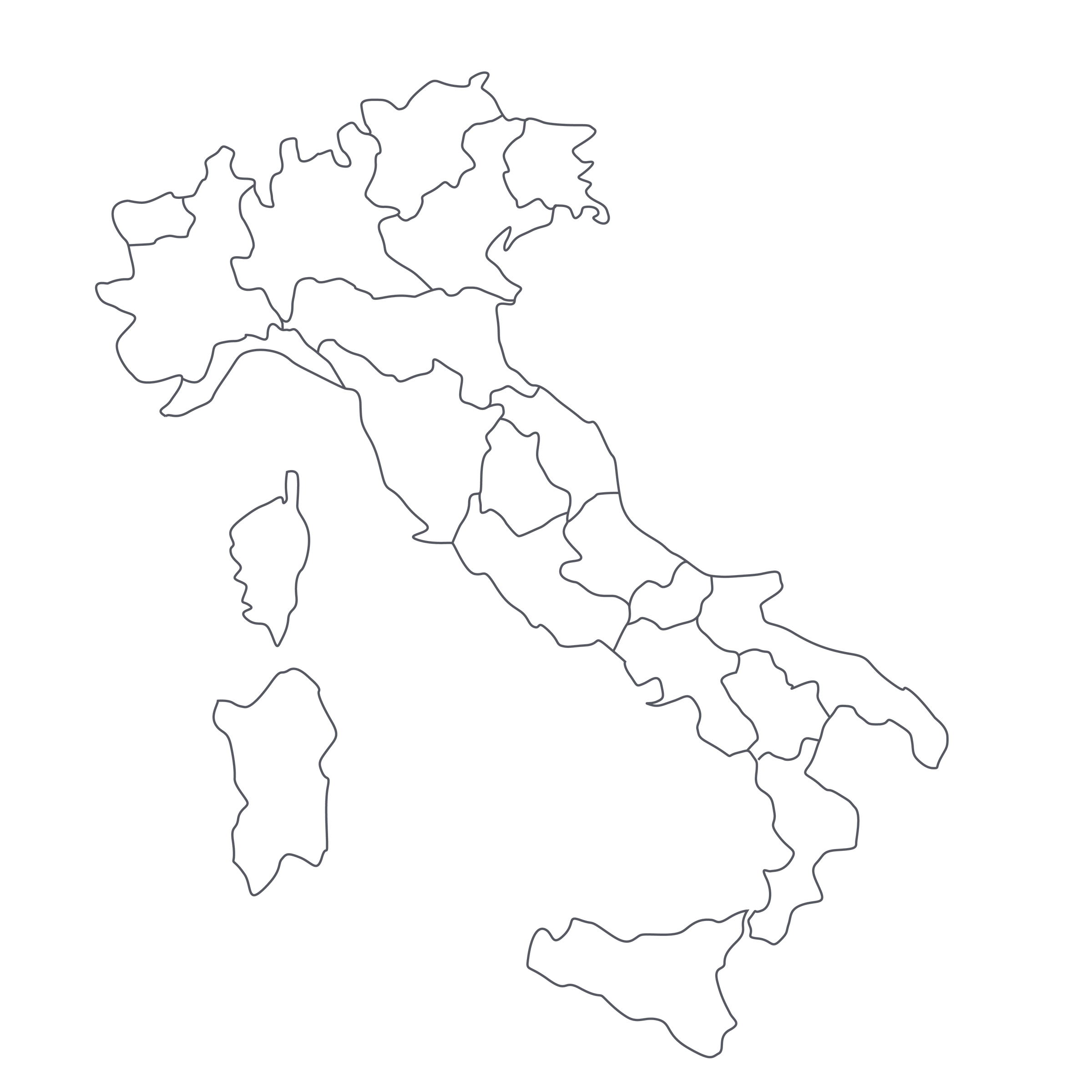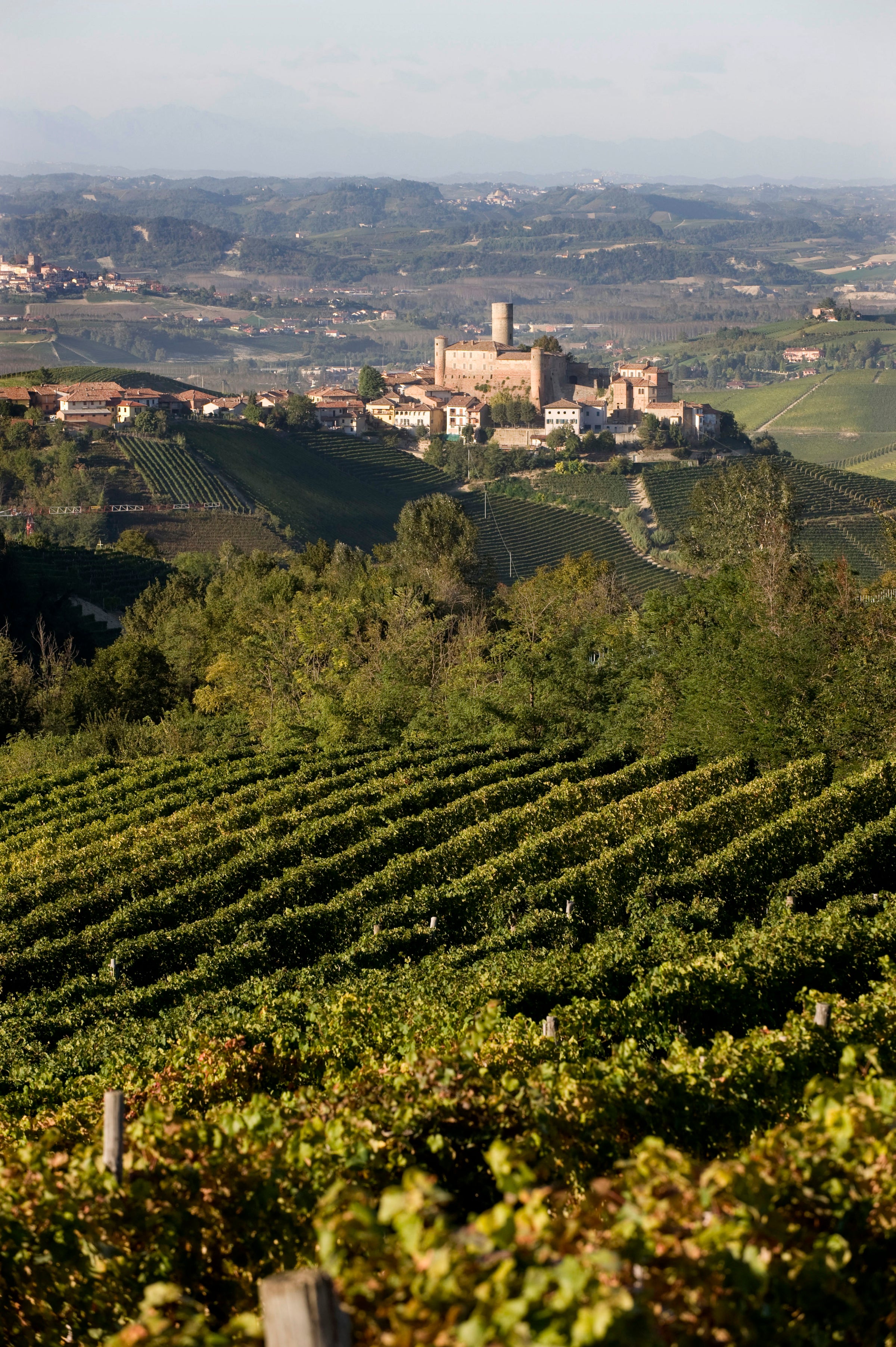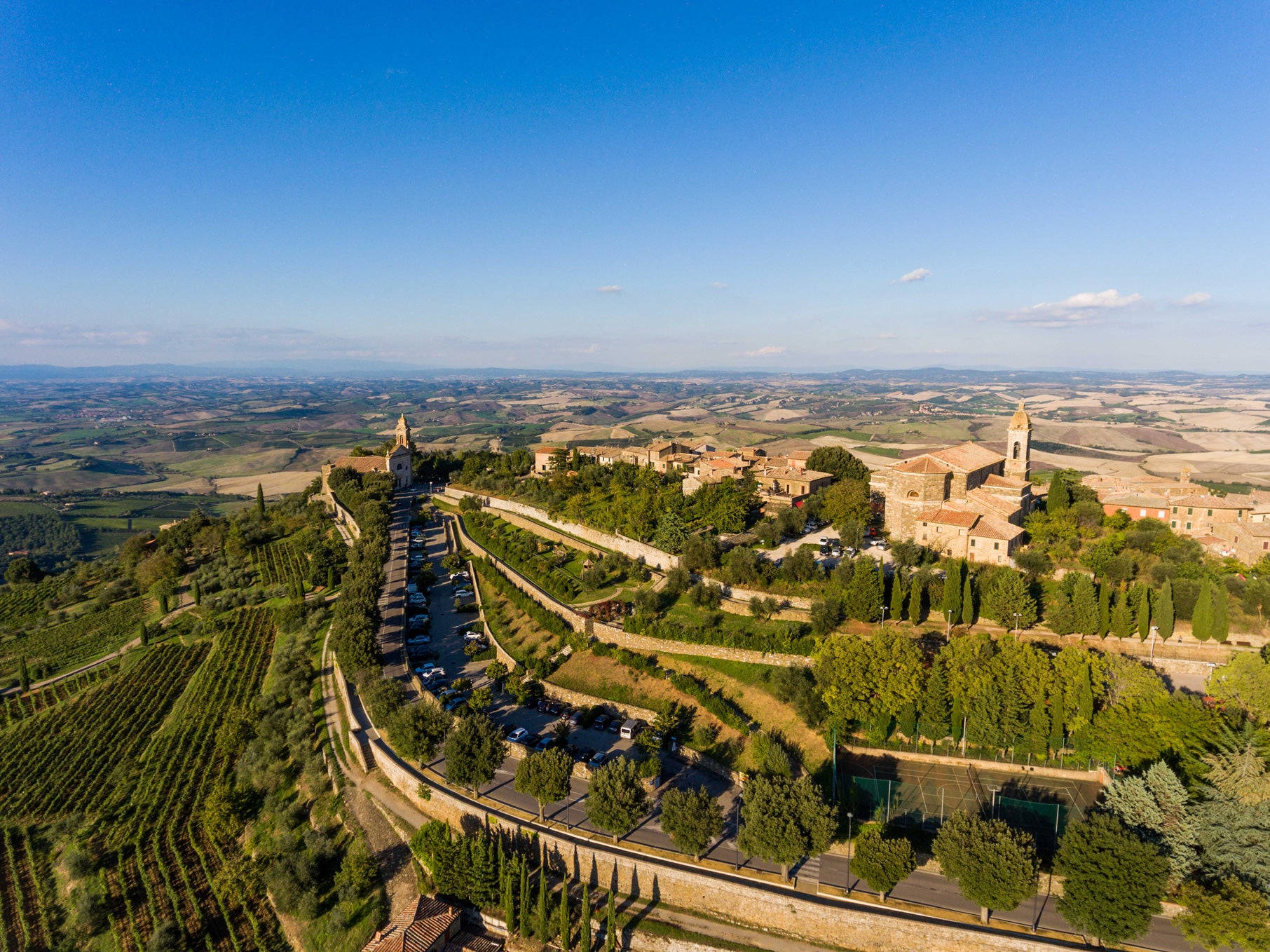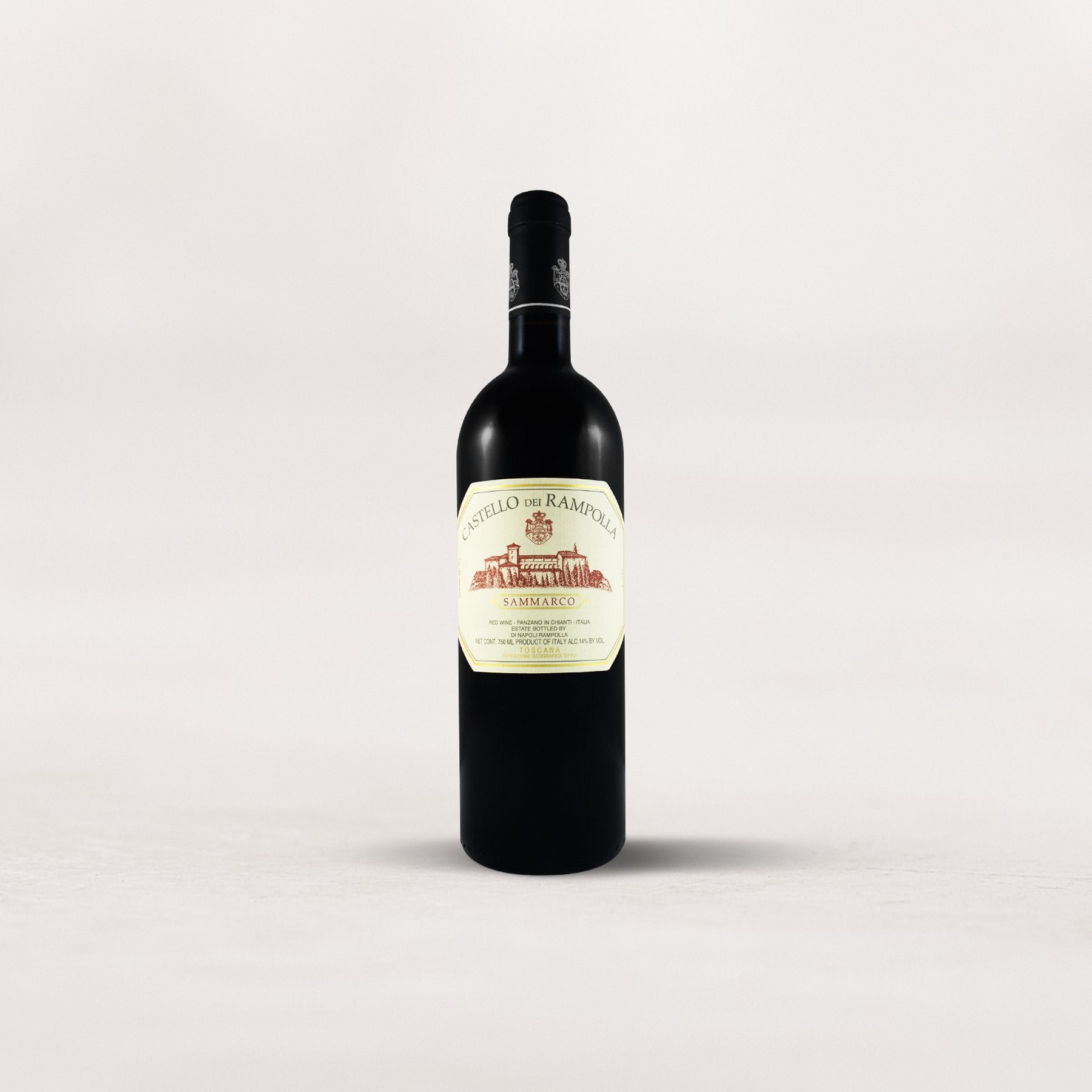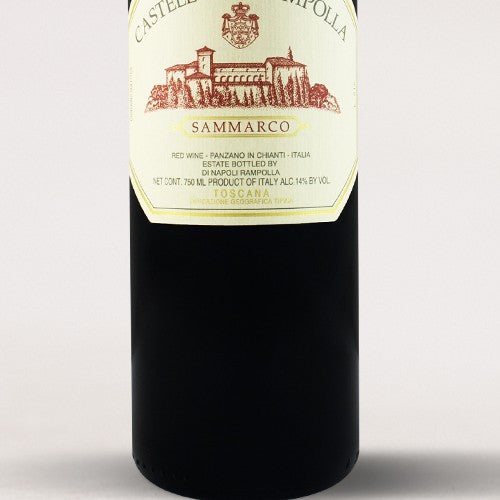If you collect wine and follow the critics, you’re likely aware of the near-perfect scores the 2016 Sammarco received. Not that there’s a lot of suspense around it—this wine always piles up the points—but in certain vintages, Sammarco goes beyond “great” and into “transcendent” territory.
Without a doubt, 2016 is a special vintage. As Wine Advocate’s Monica Larner pointed out, it “was held back for an extra year of aging before its release,” so profound was its structure. And yet, the price for this time-tested collectible from Castello dei Rampolla remains shockingly reasonable. It is, as I’ve said many times before, one of the savviest Italian wine purchases one could hope to make. Sammarco is one of the original “super-Tuscans,” every bit as legendary as Sassicaia and Tignanello, and, like those wines, it takes an “international” variety and puts an indelible Tuscan stamp on it. Sammarco is an elegant, powerful, classically structured Cabernet-dominant blend grown in the limestone- and sandstone-rich soils of Chianti Classico: We’re a long way from Bordeaux, geographically and stylistically, but at the same time, there’s no better analog than a deeply mineral Left Bank from a blue-chip château. Nevermind “near-perfect.” It’s perfect in my eyes!
For the collectors and obsessives out there, the difference between the ’16 and ’17 vintages in Tuscany was reminiscent of ’14 versus ’15 red Burgundies (or, closer to home, ’96 versus ’97 Barolos). In each case, the earlier vintage was the “classic” year, with more even weather conditions and more structured, balanced wines, while the subsequent vintage was hotter, drier, riper, and more open knit. These riper vintages got plenty of critical love as young wines, thanks to their accessibility, but for the long-haulers out there, the classic vintages won out (in fact, Larner reviewed the ’17 Sammarco before the ’16, “…because [’17] is many times more accessible and immediate than [’16].”
That critics dissect the wine’s subtleties from vintage to vintage says a lot about Sammarco’s track record. It is produced by Castello dei Rampolla, which is perched on perhaps the most iconic hillside of the Chianti Classico zone—the amphitheater-shaped conca d’oro, or “golden basin,” a natural amphitheater of vineyards covering the south slopes of the village of Panzano. The late Alceo di Napoli (namesake of the other Rampolla Super-Tuscan, “Vigna d’Alceo”) inherited the property in the 1960s, though it had been in his family since the 18th century; he began producing estate-bottled wines in the mid-’70s and released his first edition of Sammarco in 1980 (not far behind Antinori’s inaugural releases of “Solaia” and “Tignanello,” both of which also hail from the Chianti Classico region).
Following Alceo’s death in 1991, his son, Luca, and daughter, Maurizia, took over management of the estate and continue to helm operations today. Luca immediately initiated more sustainable practices in the family’s vineyards, eliminating all chemical inputs and effectively working organically (and, more recently, biodynamically). Over the years, the blend of Sammarco has evolved—originally, the wine contained as much as 40% Sangiovese, but these days it’s just an accent note (usually about 5% of the blend). Cabernet Sauvignon (~ 65%) and Merlot (~30%) are now the driving forces, but the wine retains that upright, focused structure typical of Chianti Classico. The result is a wine of profound depth but also considerable nerve and aromatic lift. It is, as noted above, a resolutely Tuscan expression of the Cabernet grape.
The 2016 Sammarco was fermented in concrete vats (called tini) and aged in a mix of 500-liter French oak tonneaux and larger Slavonian oak botti. It then spent more than two years aging in bottle before release, and yet it’s still taut and grainy and in need of a good hour in a decanter if enjoying now. In the glass, it’s a deep, nearly opaque ruby moving to magenta at the rim, with aromas of black cherry, black currant, and cassis giving way to lots of graphite and cigar box notes. Right now, it is in an earthy, ferrous, pencil-lead phase but there’s so much yet to be revealed here: In three more years this should really start to sing, although I can see it going 20+ with ease. Sock some bottles away and forget about them for a while—when you circle back you are in for a treat. Serve it at 60-65 degrees in large Bordeaux stems and pair it with the traditional Tuscan beef stew known as peposo. A nicely charred grilled ribeye would be perfectly fine as well. When this wine hits its stride, it’s going to be fireworks. Enjoy!
